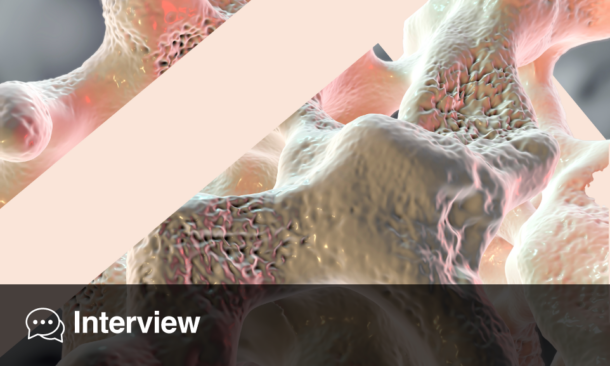DESPITE advancements in the understanding the clinical variability in systemic sclerosis (SSc) through SSc-specific antibodies, further insights into additional risk factors are necessary. Non-specific SSc antibodies could serve as additional markers to enhance the stratification of SSc patients. This research, presented at the European Alliance of Associations for Rheumatology (EULAR) congress 2024, aimed to evaluate the prevalence of anti-Ro/SSA antibodies in the largest available cohort of established SSc patients and examine their association with disease phenotype and clinical outcomes, particularly focusing on lung involvement.
Patients from the EUSTAR database who met the 2013 classification criteria for SSc and had available data on anti-Ro/SSA antibodies were included. Baseline clinical characteristics of patients with and without anti-Ro/SSA antibodies were compared. Those with at least one follow-up visit were included in the longitudinal analysis. The presence of lung fibrosis on High-resolution computed tomography (HRCT) was assessed over the follow-up period. Multivariable logistic regression models were constructed to identify factors associated with lung fibrosis. The association between anti-Ro/SSA antibodies and forced vital capacity (FVC), as well as diffusing capacity of the lungs for carbon monoxide (DLCO) in patients with lung fibrosis, was analysed. The progression of lung fibrosis was defined by an FVC% decline from baseline of ≥10%, an FVC% decline of 5-9% accompanied by a DLCO% decline of ≥15%, an FVC decline of >5% in patients with lung fibrosis, or the new development of lung fibrosis.
Among the 4,421 patients who met the inclusion criteria, 661 (15.2%) had positive anti-Ro/SSA antibodies. These antibodies were significantly associated (p<0.001) with anti-SSB, anti-U1RNP antibodies, and rheumatoid factor. Patients with anti-Ro/SSA antibodies more frequently exhibited muscular involvement (18% vs 12.5%, p<0.001) and lung fibrosis (56.2% vs 47.8%, p=0.001) at baseline. Over a median follow-up of 2.7 years (95% confidence interval [CI]: 2.6–2.9), 14,066 visits were recorded. Analysis revealed that anti-SSA independently predicted the presence of lung fibrosis in at least one follow-up visit (odds ratio [OR]: 1.24 [1.07-1.44], p=0.006) and lower DLCO in patients with lung fibrosis (regression coefficient: -1.93 [-3.83-0.02], p=0.049). Anti-SSA antibodies showed a trend towards predicting lower FVC in patients with lung fibrosis (p=0.082). However, anti-SSA antibodies did not predict the progression of lung fibrosis or death during the follow-up period.
Overall, anti-SSA antibodies were found in 15% of SSc patients and represented an independent risk factor for the presence of lung fibrosis. They also predicted more severe lung involvement. These findings support incorporating anti-SSA antibodies into routine clinical practice to improve the risk stratification of SSc patients.








